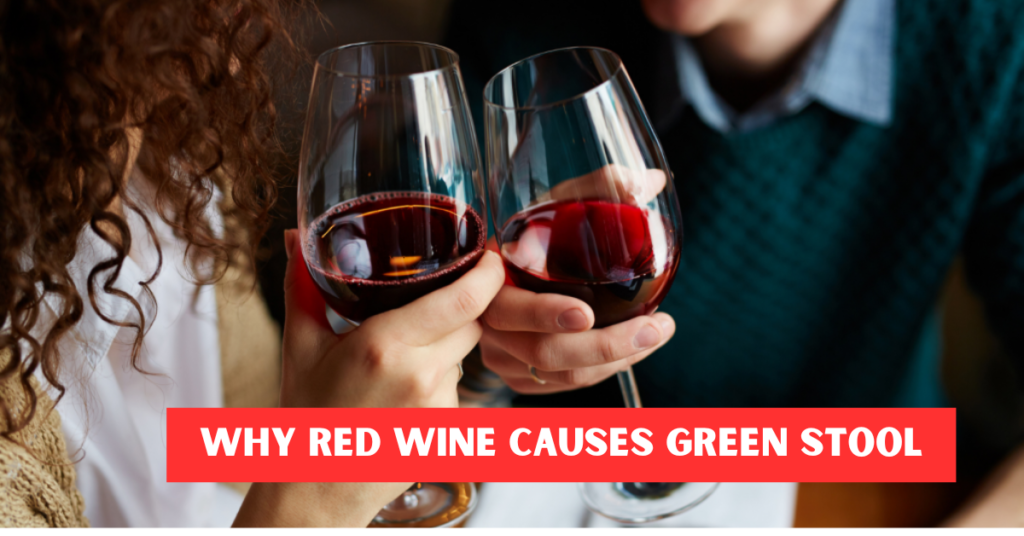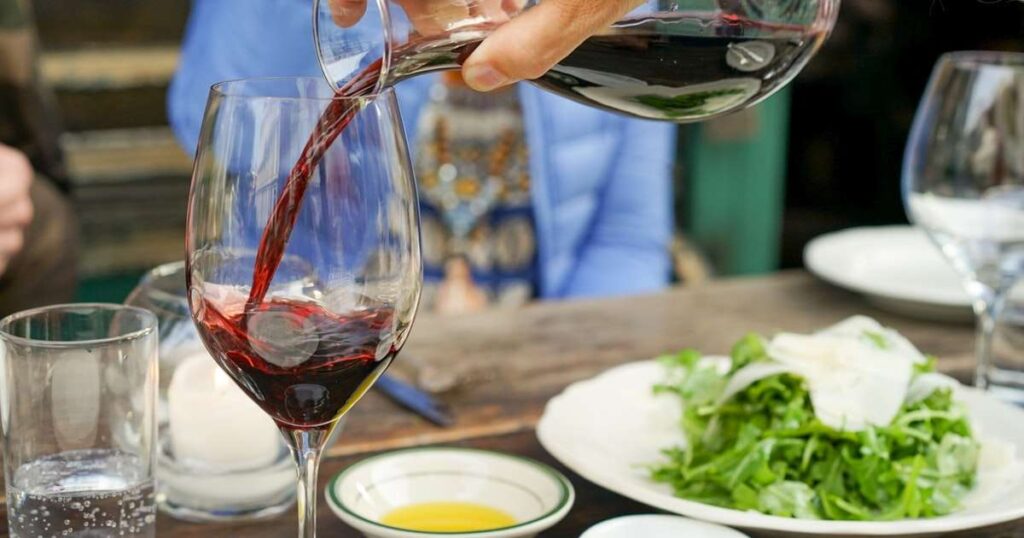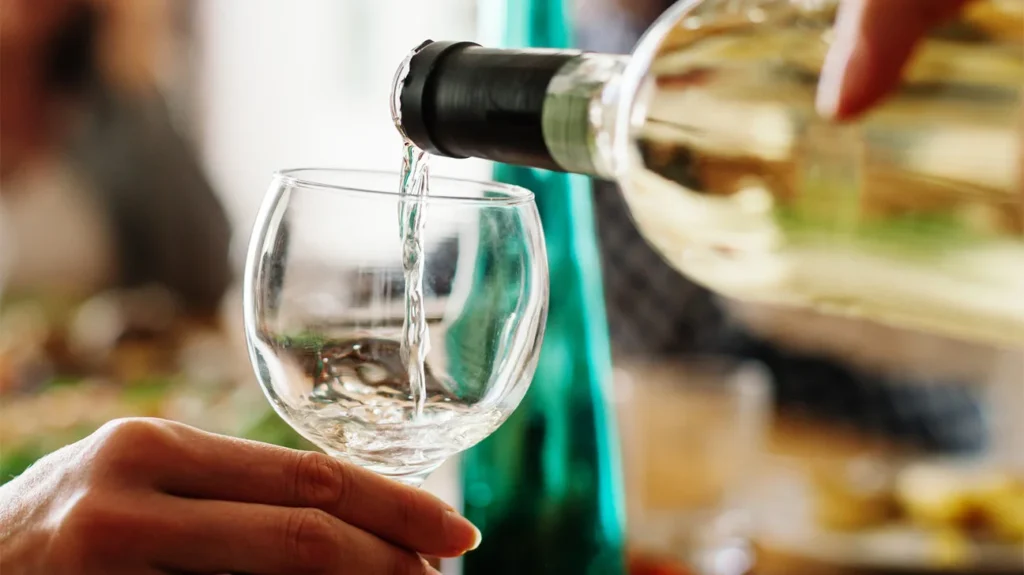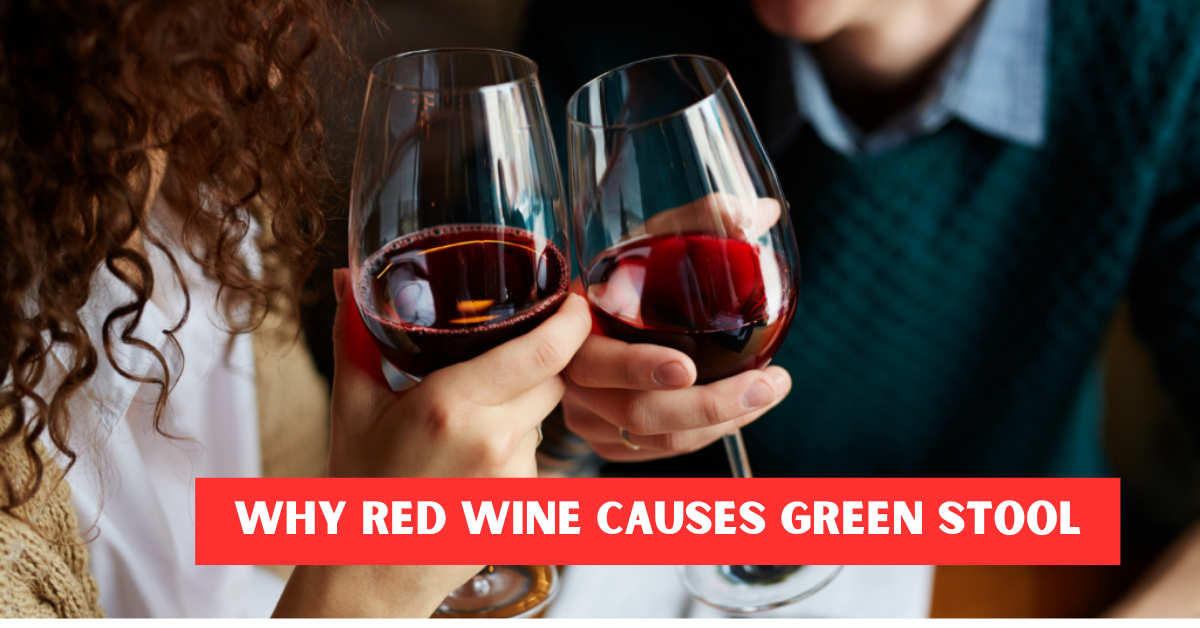The appearance of your stool can be an indicator of your overall health, and changes in its color can sometimes signal dietary habits, medical conditions, or other factors. A specific concern for many is the relationship between red wine and green stool. In this comprehensive article, we will explore the science behind stool color, how red wine consumption can lead to green stool, and what it means for your health.

What Causes Stool to Turn Green?
Stool color is primarily influenced by what you consume and how it interacts with your digestive system. Green stool can result from several factors, including:
- Dietary Choices: Foods with natural or artificial green pigments, such as leafy greens, kale, or foods with green dyes, can cause stool to appear green.
- Bile Production: Bile is a yellow-green fluid that helps digest fats. When stool moves too quickly through the intestines, bile doesn’t have enough time to break down completely, leading to a greenish hue.
- Medications and Supplements: Iron supplements and certain antibiotics may also alter stool color.
- Gut Flora Imbalance: Changes in gut bacteria due to diet, illness, or medications can influence stool color.
The Role of Red Wine in Green Stool

While it might seem counterintuitive, red wine can sometimes contribute to green stool. Here’s how:
1. High Levels of Antioxidants and Polyphenols
Red wine is rich in antioxidants and polyphenols, such as resveratrol. These compounds can sometimes interact with bile in your digestive system, leading to changes in stool color. Excessive consumption may amplify this effect.
2. Interaction with Gut Microbiota
Alcohol in red wine can alter the balance of bacteria in your gut. If the gut flora is disrupted, it may cause rapid stool transit, leaving bile unprocessed and resulting in a green tint.
3. Presence of Additives and Dyes
Some red wines contain artificial coloring agents or additives. These pigments, especially if present in significant amounts, can pass through your digestive tract and visibly alter stool color.
4. Digestive Irritation
Excessive red wine consumption can irritate the gastrointestinal lining, potentially speeding up digestion. Rapid transit through the intestines leaves less time for bile to metabolize completely, producing green stools.
Should You Be Concerned?
For most people, green stool after drinking red wine is temporary and harmless. However, persistent changes in stool color accompanied by other symptoms might warrant medical attention. Consider the following:
- Monitor Frequency: If green stool occurs occasionally after drinking red wine and resolves within a day, it’s usually not a cause for concern.
- Check for Additional Symptoms: Symptoms like abdominal pain, diarrhea, or blood in stool should be evaluated by a healthcare professional.
- Evaluate Your Intake: Drinking red wine in moderation can reduce its impact on your digestive system and overall health.
Tips to Prevent Green Stool from Red Wine

If you’re concerned about this phenomenon, there are steps you can take to minimize its occurrence:
- Moderate Your Consumption: Limit red wine intake to one or two servings to reduce digestive irritation and avoid overwhelming your system.
- Stay Hydrated: Alcohol can dehydrate your body, which might exacerbate digestive issues. Drink plenty of water alongside red wine.
- Pair with a Balanced Diet: Consuming fiber-rich foods and avoiding artificial dyes can help maintain healthy digestion.
- Choose Quality Wines: Opt for natural, additive-free wines to minimize exposure to artificial coloring agents.
When to Consult a Doctor

While green stool is often harmless, certain situations require medical attention:
- Persistent Color Changes: If green stool persists for more than a few days, seek advice.
- Accompanying Symptoms: Chronic diarrhea, nausea, or weight loss alongside green stool may indicate underlying conditions.
- Unexplained Blood in Stool: Any sign of blood should be immediately evaluated by a healthcare provider.
The connection between red wine and green stool, while surprising, is a reminder of how dietary choices influence digestion. For most, it’s a harmless and temporary effect. However, staying informed about your digestive health and moderating alcohol consumption are key to maintaining overall well-being.

Content Director at BlackFlowerBar|| He is a Journalist & Ghostwriter from Caracas-Venezuela, with more than six years of experience in Academic Research. She also has a postgraduate education in International Relations and a Master’s Degree in Public Management. In the last few years, she has been working in sales and digital marketing.

1 thought on “Why Red Wine Causes Green Stool: Digestive Insights and Health Tips”